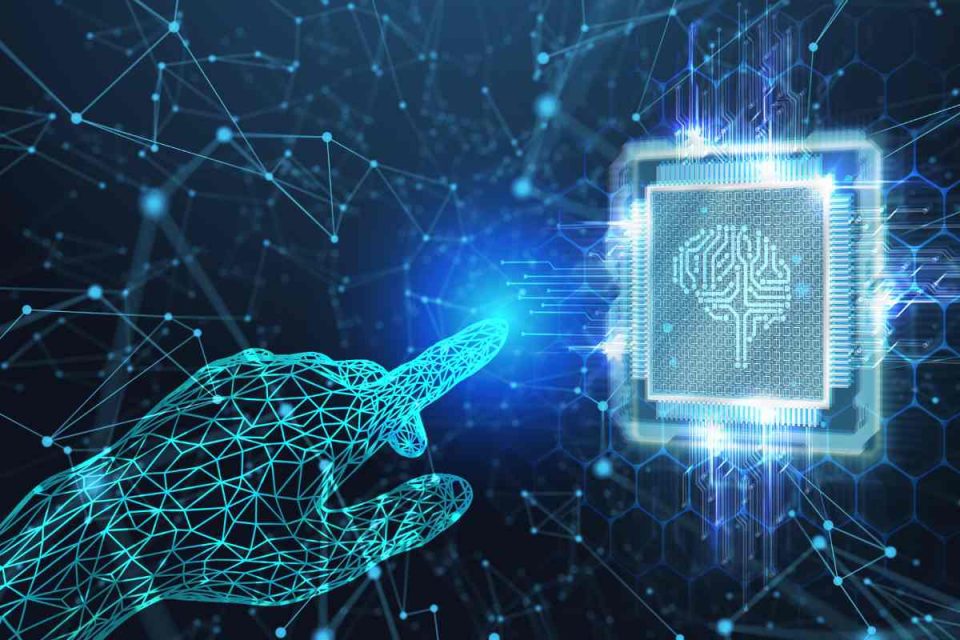Welcome to part three in our series of Thrive in Five videos for September about AI for health. Recently, I’ve been developing some new content around the importance of social relationships in the digital age, the message being that I think they’re going to become more important than ever. In fact, I think human connection is going to be the next frontier of wellbeing. But there have been some really great advancements in terms of AI for health, for example, that eliminate human error, reduce preventable deaths, or simply enhance our health in general.
AI Tools in Healthcare
Which is why, in this series, we’re looking at four examples of AI tools in healthcare. So far, we’ve looked at Heartflow, a non-invasive diagnostic tool that helps to identify if patients need corrective surgery. We’ve also looked at HN Predict, a piece of software that analyses existing patient data to identify those who might need urgent care or treatment in the near future to prevent visits to A&E. The next example of how we can use AI for health is a machine learning model developed by Duke Health that determines normal cognitive performance from mild cognitive impairment in retinal scans.
“The retina is a window to the brain, and machine learning algorithms that leverage non-invasive and cost-effective retinal imaging to assess neurological health can be a potent tool to screen patients at scale.”
Alexander Richardson, Duke Health
Identifying Early Warning Signs
Why is this important? Well, it’s a fantastic way to identify the early warning signs of certain diseases. Diseases such as Alzheimer’s, which is increasingly becoming the scourge of middle and old age. Of course, it’s not going to happen to everybody–it’s not a given–but, it’s a hideous and common disease. I myself have some personal experience of it within the family, as many of you will, too. Now, wouldn’t it be amazing if we could use this AI-driven technology to find out exactly when those initial stages of cognitive impairment manifest themselves? Because, currently, diagnosis mostly happens in later stages. For instance, if people experience symptoms, they go to the doctor and report them. And by that time, it can be harder to slow that progression–though there are some protocols that can help.
Using AI for Enhancing Human Health
So, another wonderful example of how we can use AI to enhance human health. And, as I’ve said before, when we harness AI and wearable technology and marry it with preventative health measures–something we can all do–that’s when we extend our healthspan. We keep disease at bay and live as long and as healthy a life as possible. That’s it for this now, join us next time for the fourth and final example.
Wellbeing Resources
The Cadence Wellbeing Scorecard is a new tool that helps you assess and track your progress in achieving work-life balance, managing energy and improving overall wellbeing. By regularly taking the Cadence Wellbeing Scorecard, you can gain insights into areas of your life that may need improvement, identify patterns and trends over time, and set realistic goals for making positive changes.
In the bestselling book Rise and Shine, Leanne Spencer shares her expertise and experience to show you how to spot the signs of professional burnout, recover, and go on to enjoy a happier, healthier life and career.


